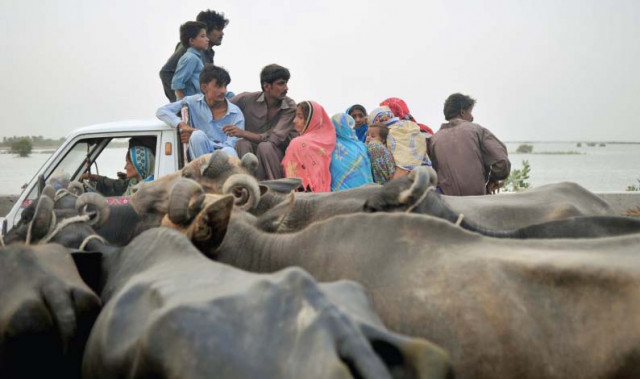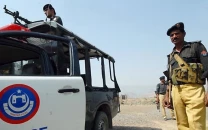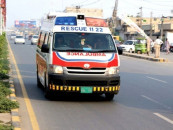Animal-waste burning: Market dynamics trump regulation
Businesses say locating next to slaughter house cost-effective.

Animal-waste burning: Market dynamics trump regulation
Around three dozen businesses using animal waste for fuel are running beside the slaughter house at Bakar Mandi despite several warnings and fines imposed by the Environment Protection Department (EPD).
Cases agaisnt some of these are pending for hearing before an Environment Tribunal (ET).
Residents of the nearby Sabzazar and Kot Kamboh housing colonies have lodged complaints about the stench from the burning of fat and other waste.
EPD Field Inspector Javed Iqbal said the department raided the market eight times and sealed at least 30 businesses under the Pakistan Local Government Ordinance in two years. He said several EPOs had been issued directing businesses to relocate. “Even where some have moved out, a relative or friend has taken over the unit,” he said.
He said fines of Rs100,000 and more have been imposed and several cases referred to the ET for non-compliance.
Deputy district officer (environment) Younas Zahid said the raids could have been more effective had the town municipal authority (TMA) and the Food Department cooperated with the EPD.
D Block of Sabzazaar housing colony located next to the market is worst affected by the pollution. Parveen, a D-Block resident, said the sewer at the back of her house remained clogged most of the time because of the dumping of animal waste. Also, she said the air was filled with smoke clouds caused by the burning activity.
These businesses use animal fat, hides, bones and blood dumped by the slaughter house to manufacture grease, poultry feed, leather sheets and artificial hair. The grease produced by these units is mostly used for making soap dishes.
Talking to The Express Tribune, owners of most of these businesses defended their right to the place. They said most of the raw materials used in their business came from the slaughter house.
Baoo, who owns a grease manufacturing unit, has a case pending for hearing before the ET. He said he was issued EPOs but he refused to relocate. “The market was established 50 years ago and I have been working here for 25 years. Sabzazaar Housing Colony was built around 15 years ago,” he said.
He said the city district government was at fault. “They should have realised that the area was not suitable for a housing colony,” he said.
Some of the businesses, however, have relocated the fat burning activity to places such as Gulshan-i-Ravi after the EPD imposed heavy fines and sealed their units.
Munir, one of these, said he had relocated the burning unit to Gulshan-i-Ravi but had kept his office at Bakar Mandi. He told The Express Tribune large quantities of animal fat were stored in go downs at Bakar Mandi. The fat, he said, was ‘cooked’ for up to four hours on fire fuelled generally by coal or rubber tyres. Besides grease, he said leftovers from the slaughter house were used to make poultry feeds, leather sheets and artificial hair.
Munir said the only practical way to move the activity was to relocate the slaughter house. The district government is already working to set up a slaughter house over 700 kanal in Shahpur Kanjran. The facility is expected to be complete in two years.
Published in The Express Tribune, June 18th, 2011.


















COMMENTS
Comments are moderated and generally will be posted if they are on-topic and not abusive.
For more information, please see our Comments FAQ